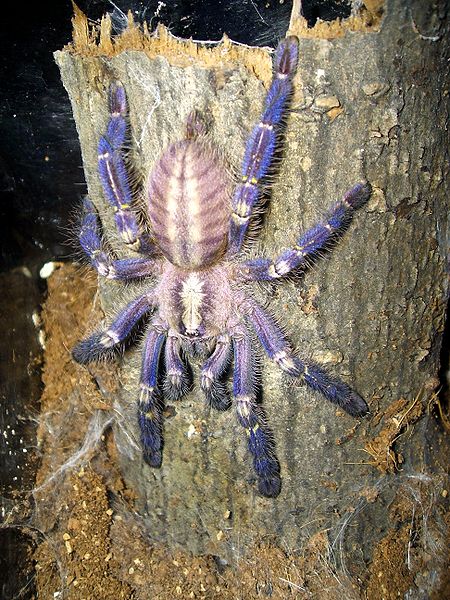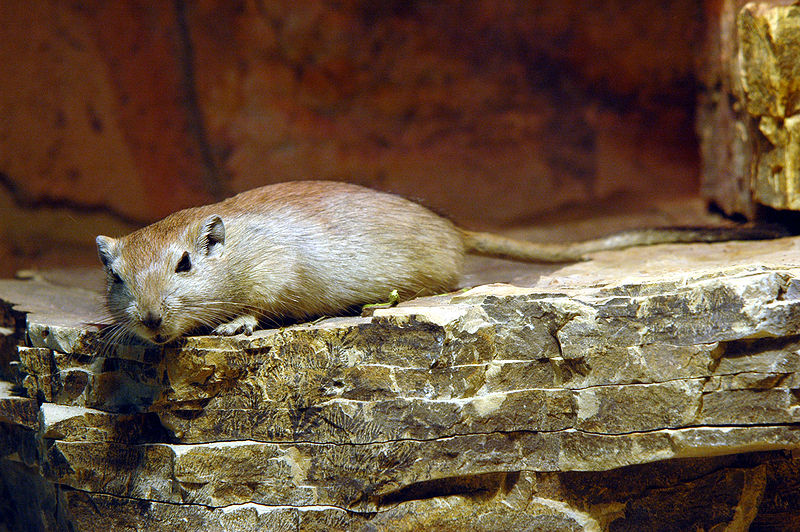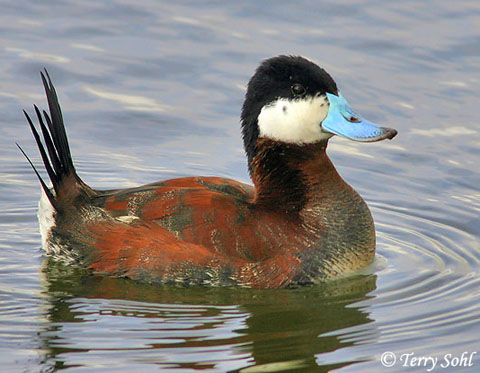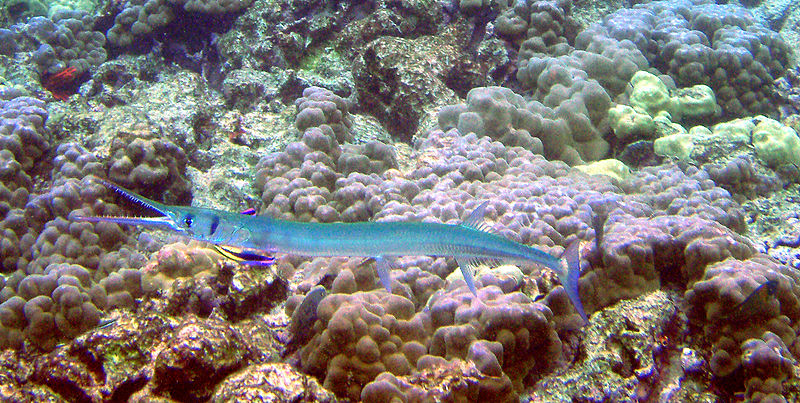
Thank you for taking the time out of your groggy Monday to catch up with our continued quest to count down 1000 Animal Facts. As you can see, we only have 670 more Facts to go. Today’s Wild Fact will be on an interesting little fish called the Needlefish. I am pretty sure you can guess how they received that name by looking at the picture above. Some of the fisherman in North America may see a resemblance between these fish and our local Gars. Although they may look alike the Needlefish is very distantly related to the true Gars. I wonder if a Needlefish would be insulted if you called it a Garfish?
The Needlefish typically reside in shallow marine habitats, however, some species do prefer to live in freshwater systems such as rivers and streams. As you can tell these fish are slender with a long, skinny beak. This distinctive beak contains numerous sharp teeth. The top portion of this beak only reaches its full length when the Needlefish reaches adulthood. This means the juvenile fish have a long lower beak with a short upper beak. For this reason the young Needlefish will feed on plankton only switching to fish once they become adults.
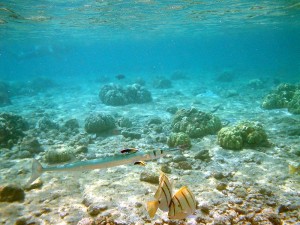
Once their beak is fully developed they will begin to hunt little fish. As much as we would like them to simply swim fast and spear their prey, this is not the case. Nope, the Needlefish will rapidly turn its head sideways in order to capture the oncoming prey. I know, I too think it would cooler if they made fish-kabobs with their long beaks.
I am sure by this point you have asked yourself the following question. Do we need to be concerned about a Needlefish attacking us? For the most part, probably not but they have been known to cause problems. In fact there are two known human deaths attributed to the Needlefish. You see these fish are able to make short jumps out of the water at speeds greater than 60 km/hr (38 mph). Add to the fact that they are usually found in shallow areas near the surface and you have a recipe for potential disaster. To make matters even worse, these fish are easily excited when they see artificial lights. Basically, you will need to be careful if you are using lights to night fish or happen to be diving with these lights. The Needlefish could attack the light source as they get excited. I don’t want you awake with Needlefish nightmares but they are like any other wild animal. You need to respect them and use common sense.
That does for Wild Fact #670. I will catch you all tomorrow for another mind-blowing fact.



